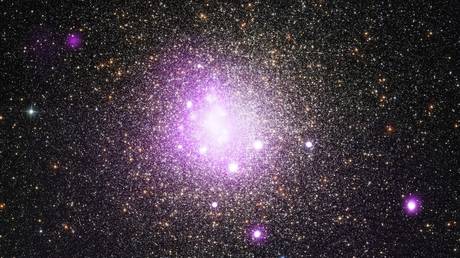
New findings show that when stars die they gently sprinkle chemical-rich ashes throughout the cosmos. The revelation helps to explain how the element carbon arrived in the Milky Way.
The study, published in Nature Astronomy on Monday, revealed that the final breaths of white dwarfs pollinate space with their element-rich-ashes via stellar winds, spreading chemical elements such as carbon across outer space.
White dwarfs are understood to be the final evolutionary state of stars whose mass has not become high enough to reach that of a neutron star.
“The findings pose new, stringent constraints on how and when carbon was produced by stars of our galaxy,” says Jeffrey Cummings, an Associate Research Scientist in the Johns Hopkins University’s Department of Physics & Astronomy and an author of the paper.
This helps explain how and why the universe ended up littered with the raw material necessary to form our own planetary system.
Carbon, the main element in organic compounds, was essential to the emergence of life on Earth. Although fundamental, its origins are still misunderstood and debated in the astrophysics community.
Some believe it to be sourced via white dwarfs and solar winds, others think that it was blown across infinity from an exploded supernova.
The study involved researchers analysing white dwarfs in the Milky Way’s open star clusters: groups of thousands of stars held together by mutual gravitational attraction.
After measuring the white stars masses, they then retroactively worked out their original masses at birth via stellar evolution theory.
The analysis revealed that, contrary to previous estimates, these white dwarfs had larger masses than believed, producing larger remnants at the end of their lives.
The researchers believe that this hints to how carbon made its way into the Milky Way, in that as they died, these stars produced new carbon atoms in their hot interiors and pushed them out into their interstellar environment.
The study’s model suggests that by reducing the carbon-rich outer mantle of the star, it allowed the central core of the star — which in turn transformed to white dwarfs — to grow considerably in mass.
The carbon carried upon these interstellar winds is also now understood as part of the contributing factor to light pollution from distant galaxies. This study then helps explain why such light clouds our instruments in observing space, providing us with an additional factor to bring into the mix.
Like this story? Share it with a friend!




